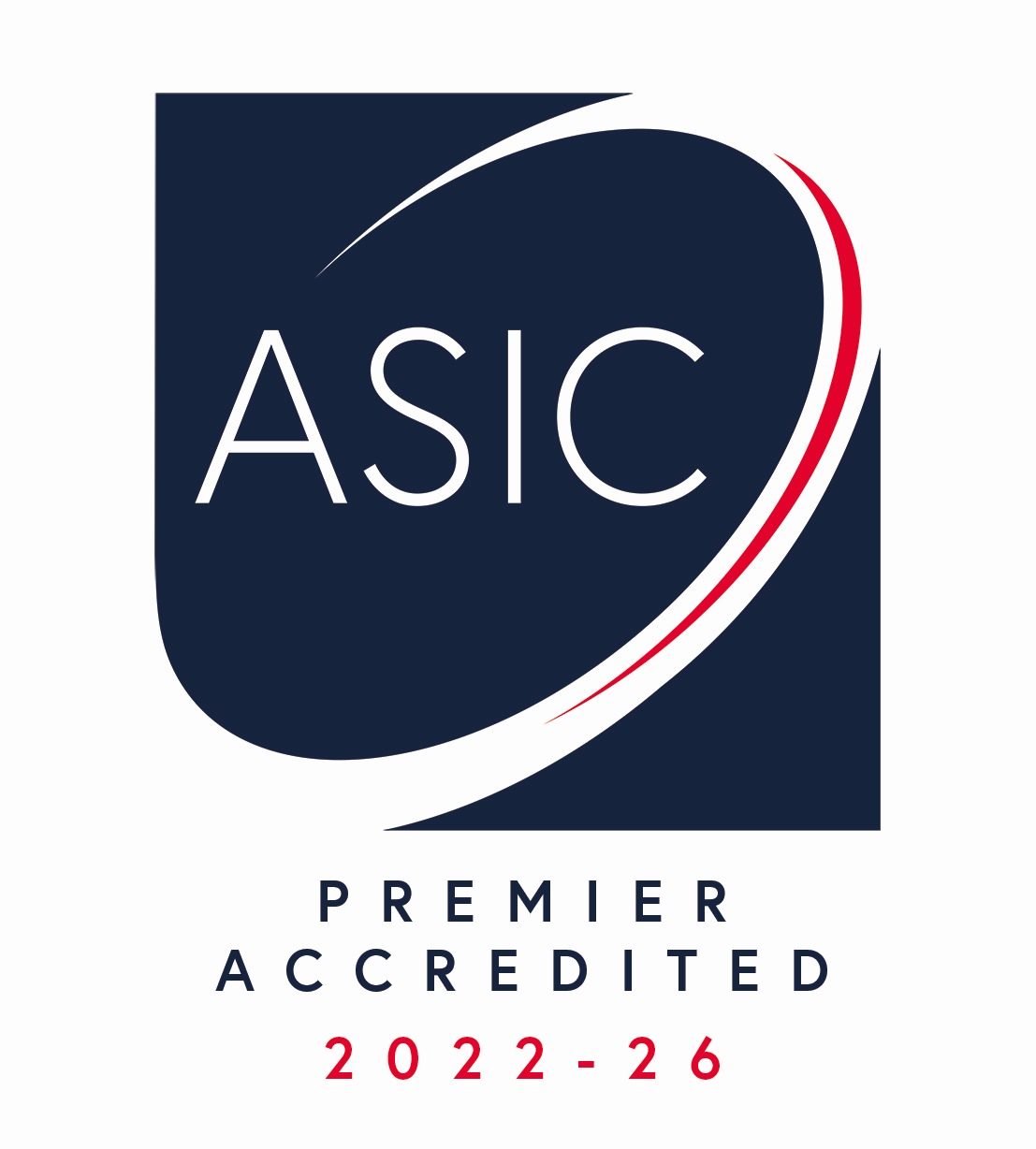Diversity of Arbuscular Mycorrhizal Fungi (AMF) and Its and Role in Nutrient Recycling and Availability in Subtropical Forest Ecosystem of China: A Review
Abstract
Author
Mehdi Rahimi
DOI
https://doi.org/10.1134/S1064229325601489
ISSN
1556-195X
Publish Date: 2025-09-09


